Conservation Mag's Ecosystem Simulator Game
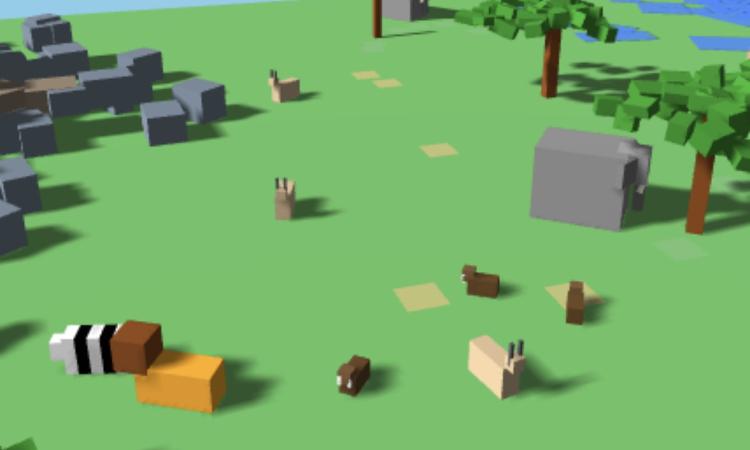
Ecosystem Safari poses a simple challenge: how long can players maintain a healthy African ecosystem? All healthy ecosystems rely on the delicate balance of resources, the most important of which is food. This rudimentary simulator shows just a fraction of the factors that contribute to real-life biodiversity, offering a mere glimpse of life’s true complexity.
Play Conservation Mag's Ecosystem Simulation Safari Now

Set in a nondescript African biome, this simulator uses elephants, wildebeest, warthog, and zebra as the primary consumers, with trees and their leaves as the producers. In real life, each herbivore species will have a slightly different diet to avoid competition, but the trees are essentially placeholders for edible plant biomass. The secondary consumers, or predators, are lions, whose role is to curb the herbivores' numbers.
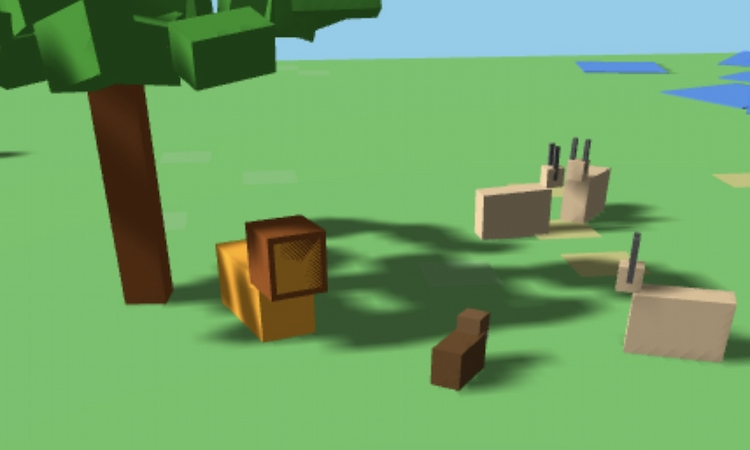
Now, there’s lots to keep in mind here. Players can control the fertility of herbivores, along with the fertility and hunting success of the lions. Too many lions, and there won’t be enough prey, but too many herbivores and there aren’t enough leaves to feed them. Lions in the wild will try their luck with almost all herbivores, although they tend to avoid elephants, only seldomly targeting lone or weak individuals. The lions in this game are not so ambitious, so to get rid of an elephant, the player needs to do it themselves with a gun. But if this human avatar gets too close to a hungry lion, it’s game over.
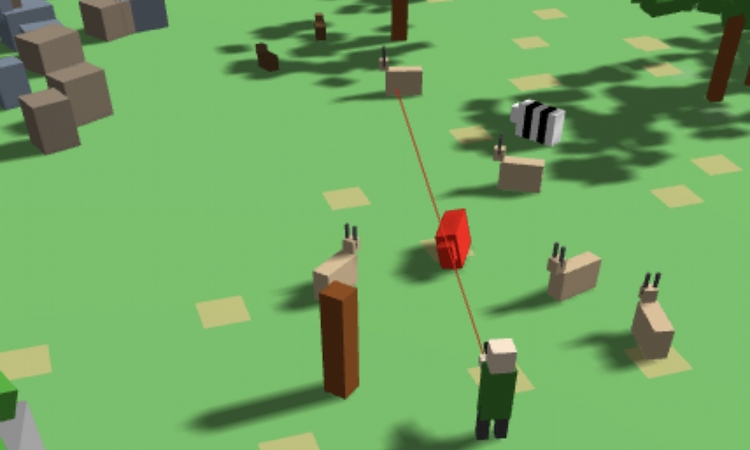
Controlling the elephant population is crucial. In the real world, elephants will strip and even push down trees, but this in turn helps smaller plants to grow and balance is maintained. In Ecosystem Safari, however, elephants can quickly deplete the leaf supply and starve your other herbivores, so it’s best to keep their reproduction low.
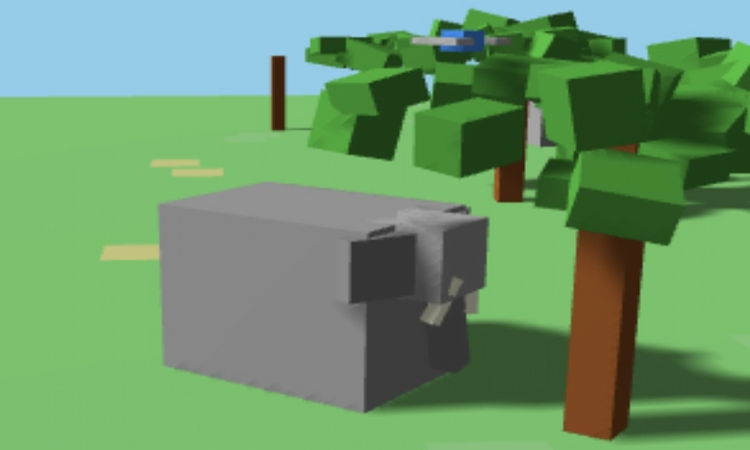
Ecosystem Safari requires forethought, careful observation, quick thinking, and a certain amount of luck, the same traits required to nurture real ecosystems. Knowing which organisms play what role is crucial, as is accepting what we can and can’t control. Luckily for us, nature is resourceful, creativ,e and remarkably resilient. All we need to do is watch, learn, and help in what small ways we can.
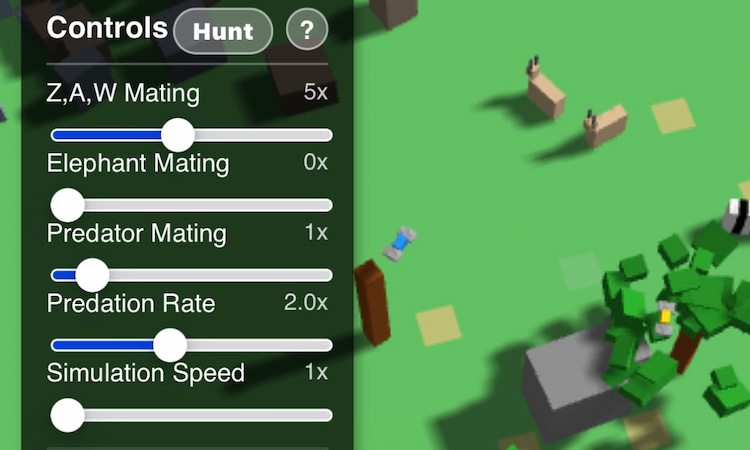
Clicking links may earn us commission. . Stock images by Depositphotos.
Subscribe: Stories about wildlife, habitats and heroes
Welcome to Conservation Mag where we celebrate nature preservation through ecotourism and wildlife travel while we look for ways to preserve our heritage by supporting nature conservation. Starting conversations about the positive action people like you and I are taking to make a change.
Quick Links
Work With Us
![]()

